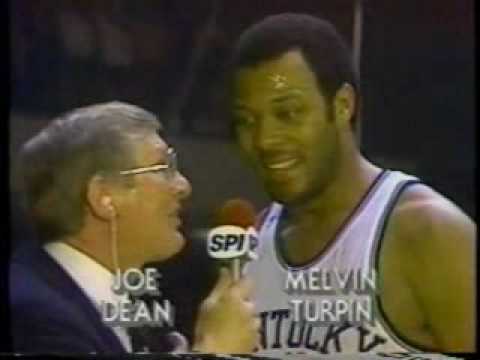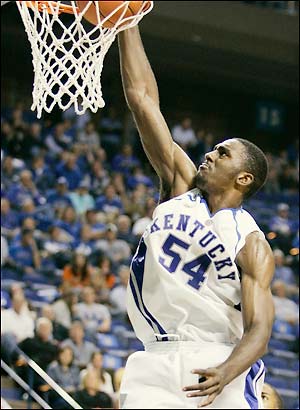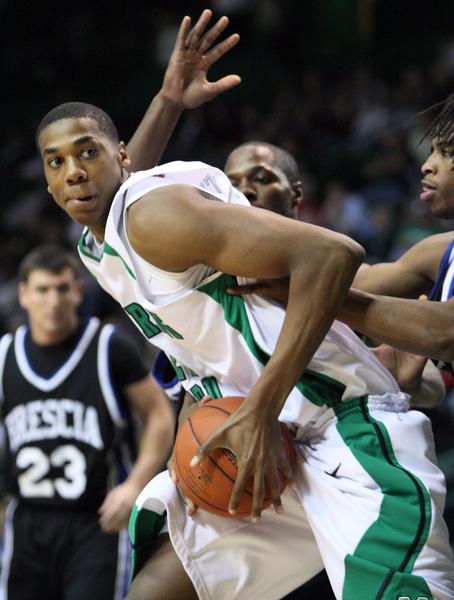NCAA Tournament Gets Hybridized
Posted by jstevrtc on July 11th, 2010The First Four starts it, the Final Four ends it.
We’ll have a more in-depth discussion on this later this evening, but the new format for the 68-team NCAA Tournament has just been announced. This article by ESPN’s Andy Katz describes how the NCAA is going with what people call the “hybrid model.” The last four at-large teams will play each other for the right to get into the main draw, and the last four automatic bid teams will do the same. They’re calling it the “First Four,” or the new official first round. The seed line will be determined independently for each game, meaning that two teams may be playing for the right to snag a 11-seed and play a six, and another First Four game might have two teams battling for a 12-seed to play a five, and so on.
There will now be no speculating as to who the last four at large teams into the Big Dance are — you’ll know who they are by their presence in one of the Tuesday/Wednesday games. Unfortunately, there won’t be any “mixing” of the automatic qualifiers and the final at-large teams. As aforementioned, the at-larges will play each other and the automatic qualifiers will play each other, so you won’t get that small-conference tournament winner relishing their chance to knock off a BCS-conference team who’s among the last four at-larges. And, interestingly, after several years of seemingly downplaying the importance of a team’s RPI, it’s certainly important now, because that is the instrument that will be used to determine the lowest-rated automatic qualifiers.
The First Four games will be broadcast on Tru TV, so you better check your cable lineup to make sure you get it. Also, according to Katz, there was no early indication that the games would be moved from Dayton, the traditional site of all previous play-in games, though we expect that’s where the discussion will move to, now.


















































